Home>Ideas and Tips>Backyard Petanque Court Construction: French Boules Game Area
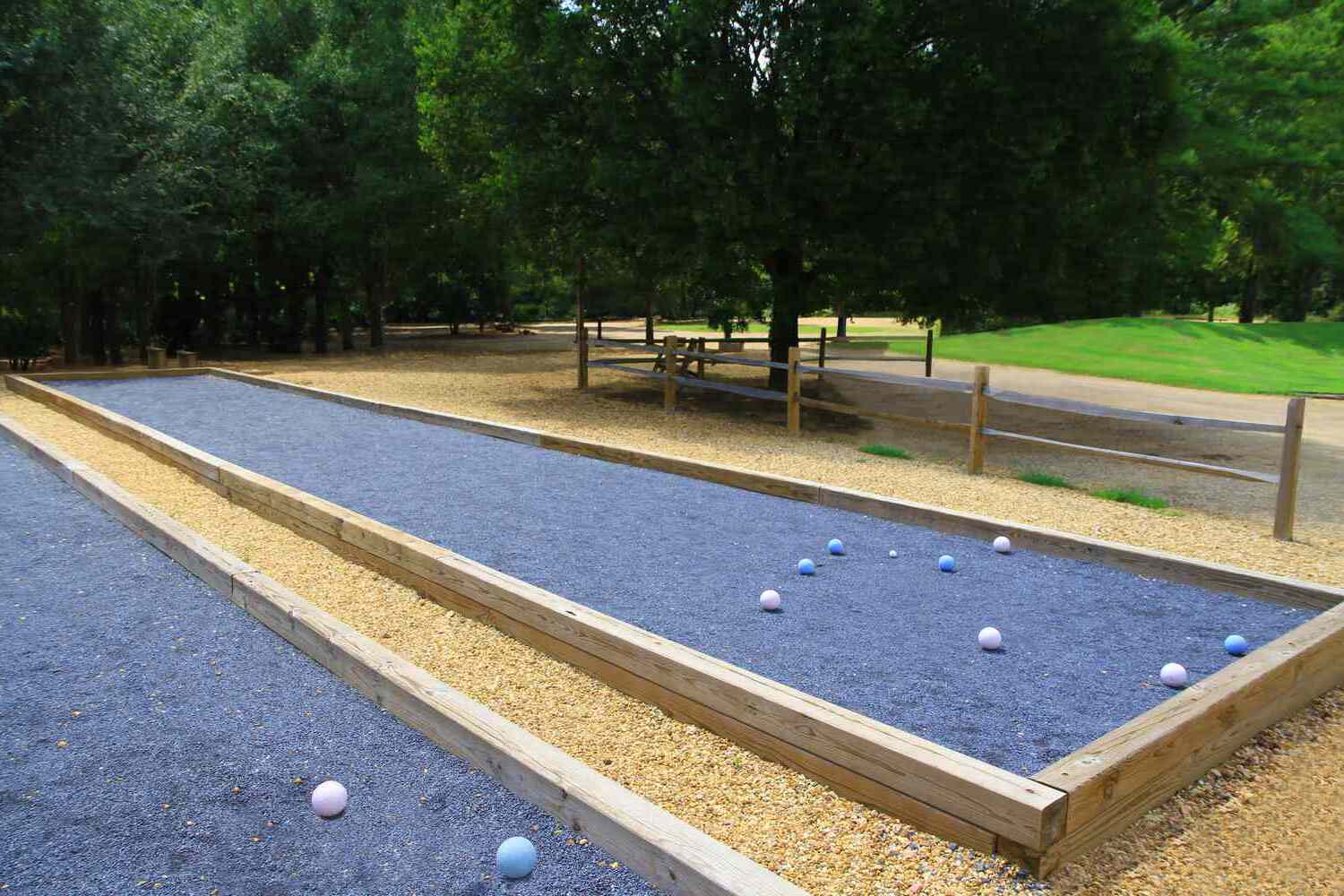

Ideas and Tips
Backyard Petanque Court Construction: French Boules Game Area
Published: September 24, 2024
Learn how to build a backyard petanque court for French boules. Follow our step-by-step guide to create a fun and engaging outdoor game area.
(Many of the links in this article redirect to a specific reviewed product. Your purchase of these products through affiliate links helps to generate commission for Storables.com, at no extra cost. Learn more)
Introduction
Petanque, also known as French boules, is a timeless and enjoyable outdoor game that has been a staple of French culture for centuries. The game is simple yet strategic, requiring skill and strategy to outmaneuver your opponents. If you're looking to add a unique and engaging element to your backyard, constructing a petanque court is an excellent idea. This article will guide you through the process of building a petanque court in your backyard, covering everything from planning and preparation to the final touches.
Planning Your Petanque Court
Before you begin constructing your petanque court, it's essential to plan carefully. Here are some key factors to consider:
1. Location and Space
The first step is to identify a suitable location for your petanque court. Ideally, you want a flat area that is sheltered from strong winds and direct sunlight. If your garden has a slope, you can level it out using railway sleepers and fill in the bottom with rubble, as described in. Ensure that the area is large enough to accommodate the standard measurements for a petanque court, which are at least 15 meters long and 4 meters wide.
2. Laws and Regulations
Before starting any construction project, it's crucial to check with your local authorities to see if you need any permits or approvals. While planning permission is not always required for building a petanque court, it's always better to be safe than sorry. Informing your neighbors about the project can also help avoid any potential issues.
3. Budget and Costs
Determine your budget and consider the costs involved in building a petanque court. This includes materials like gravel or decomposed granite for the surface, wooden edges for the court, and any necessary drainage systems. The cost can vary depending on the size of the court and the materials used.
4. Maintenance and Drainage
Petanque courts require minimal maintenance once they are set up. However, proper drainage is essential to prevent puddles from forming on the pitch during rainy weather. A geotextile fabric covered with sand grit can help create a rolling surface that is ideal for petanque balls while preventing weeds from growing.
Building Your Petanque Court
Now that you've planned your petanque court, it's time to start building. Here’s a step-by-step guide:
1. Marking Out the Court
Begin by marking out the dimensions of your petanque court using stakes and string. The standard measurements are at least 15 meters long and 4 meters wide, but you can adjust these dimensions based on your available space.
2. Preparing the Surface
The surface of your petanque court should be firm enough for the balls to roll well but not too smooth. Gravel or crushed rock are ideal surfaces for petanque courts. If you have a natural terrain like gravel or crushed stone laid down directly on the bare earth, you can use that as well.
3. Laying Down the Surface Material
Once you've marked out your court, lay down a thin layer of fine gravel or decomposed granite. This will provide a smooth yet firm surface for your petanque balls to roll on. If you're using a geotextile fabric, cover it with sand grit to create a permeable material that prevents weeds from growing.
4. Adding Wooden Edges
To define the boundaries of your petanque court, add wooden edges around it. These edges should be at least 10 feet wide to ensure that the balls stay within the court when thrown.
5. Installing Drainage Systems
To prevent puddles from forming during rainy weather, install a drainage system under your petanque court. This could include concentric rings of inline drip tubing under the gravel to water trees or pop-up stream rotors that also wash the gravel.
Adding Aesthetics to Your Petanque Court
While functionality is crucial, adding some aesthetic elements can enhance the overall experience of playing petanque in your backyard.
1. Planting Trees
Planting trees around your petanque court can provide shade and create a more natural environment. A grid (maille) of trees can be planted to create a visually appealing landscape while also providing shade for players.
2. Adding Shade Structures
If trees are not available or sufficient, consider adding shade structures like shade sails or cables with vines to provide shade for players during warmer months.
3. Creating Seating Areas
Provide nearby places for spectators to sit and watch the game without being too close to where the balls might ricochet off the court. Casual seating areas can enhance the social aspect of playing petanque with friends and family.
Playing Petanque
Now that you've built your petanque court, it's time to learn how to play!
1. Understanding the Rules
Petanque is played with metal balls called boules, which are smaller than bocce balls and fit well in your hand. The objective is to get your boules closer to a small, brightly colored cochonnet (target ball) than your opponents' boules.
2. Basic Gameplay
A game of petanque typically starts with each player throwing one boule from behind a designated throwing line. Players take turns throwing boules until one team has all its boules closer to the cochonnet than any of the opposing team's boules. Points are awarded based on how close each boule is to the cochonnet.
3. Strategies
While basic gameplay is straightforward, there are several strategies involved in playing petanque effectively:
- Kissing the Cochonnet: Players aim to get their boules as close as possible to the cochonnet without touching it. This is known as "kissing" the cochonnet and earns points.
- Blasting Opponents' Boules: Players can also try to knock opponents' boules out of play by throwing their own boules with force. This strategy requires precision and skill.
Conclusion
Building a petanque court in your backyard is an excellent way to add a unique and engaging element to your outdoor space. With careful planning and execution, you can create a functional and aesthetically pleasing area that will provide hours of entertainment for you and your guests. Whether you're a serious competitor or just looking for a relaxed social activity, petanque offers something for everyone. So why not give it a try? Create your own backyard petanque court today and experience the joy of this timeless French game!
Additional Tips and Considerations
-
Temporary Courts: If you're planning an event or temporary setup, consider using temporary playing areas made from large black protective sheeting covered with dirt (decomposed granite) and surrounded by sideboards. This setup can be easily removed after the event without damaging the underlying floor.
-
Indoor Courts: For indoor setups, permanent boulodromes are essentially covered outdoor boulodromes. Temporary indoor playing areas might involve laying down plywood sheets under the dirt surface to protect the floor of the hall and create a hard surface for the boules.
-
Guest Satisfaction: Adding a petanque court can significantly enhance guest satisfaction at rental chalets or vacation homes. It provides an authentic slice of French culture and can attract more bookings during spring and autumn when weather conditions are mild.
By following these steps and tips, you'll be well on your way to creating an enjoyable and functional petanque court in your backyard. So why wait? Start planning today
Was this page helpful?
At Storables.com, we guarantee accurate and reliable information. Our content, validated by Expert Board Contributors, is crafted following stringent Editorial Policies. We're committed to providing you with well-researched, expert-backed insights for all your informational needs.
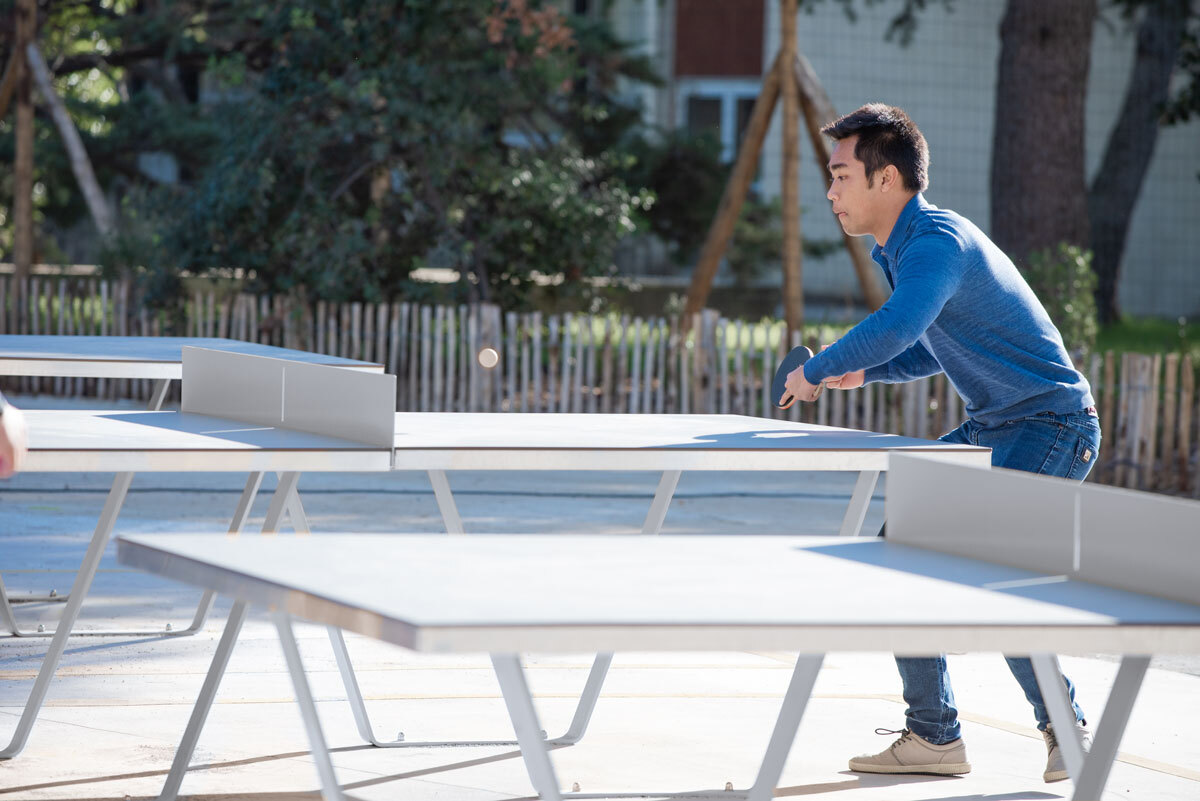
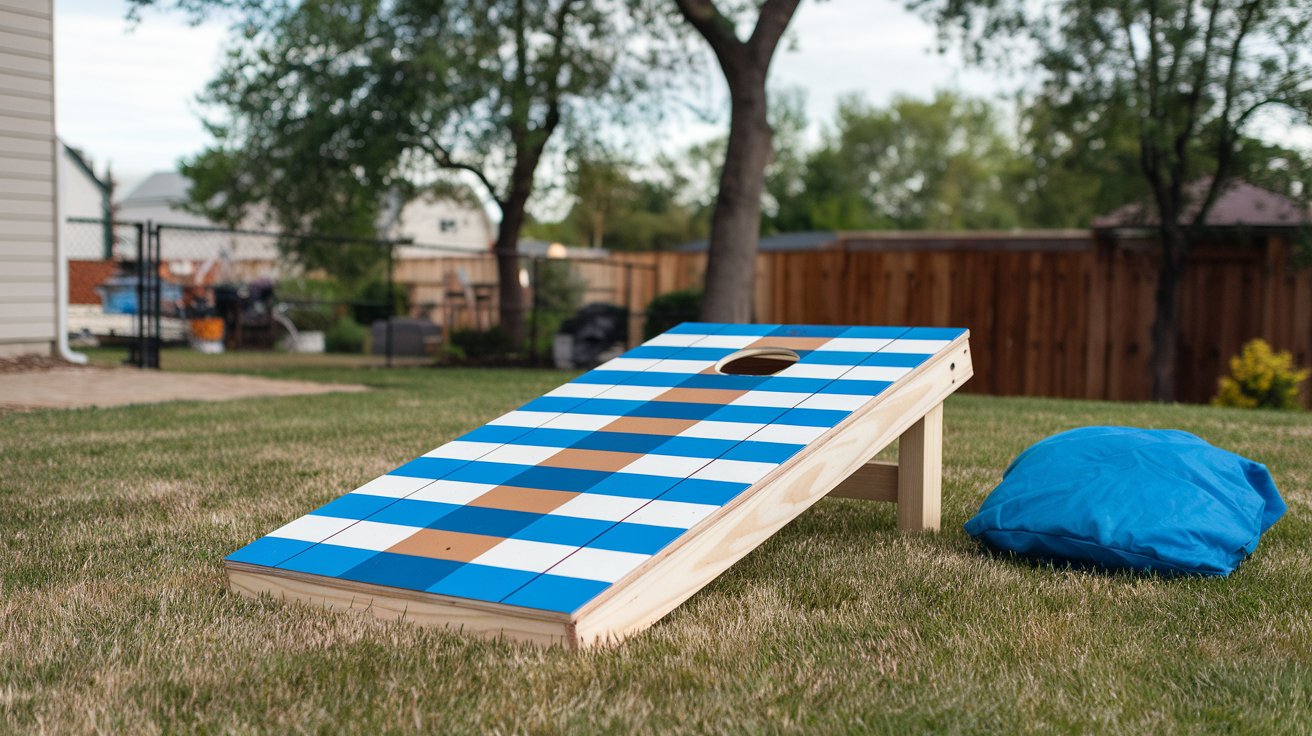
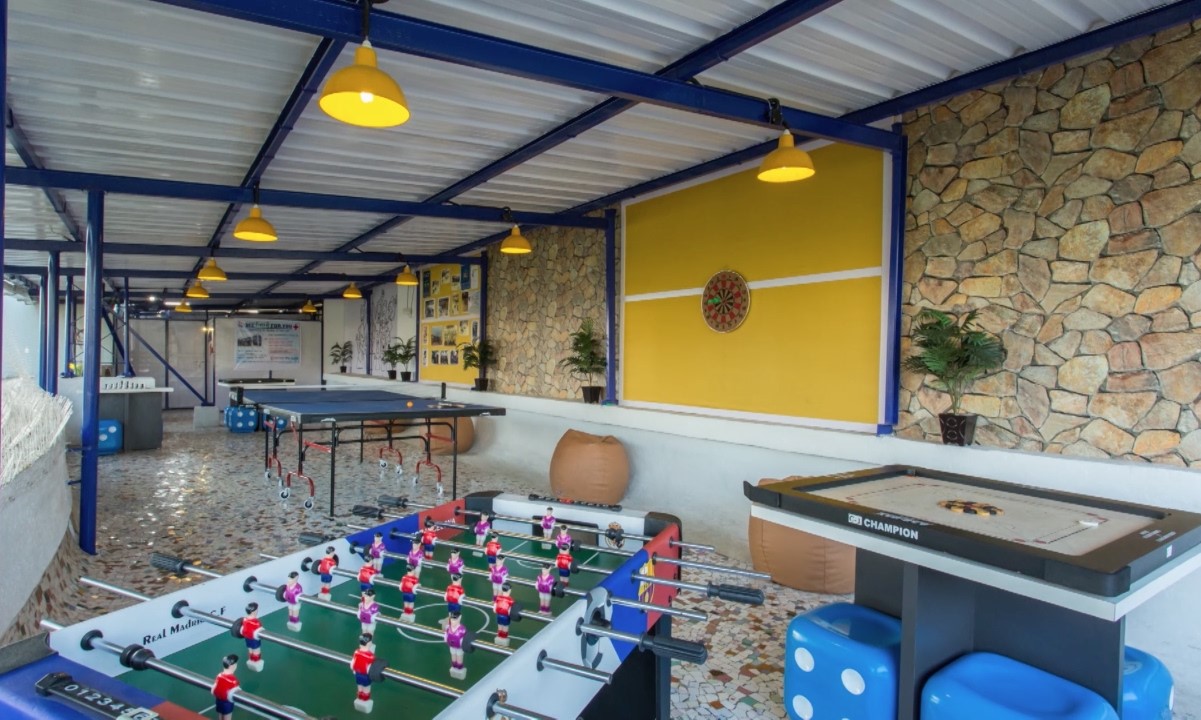
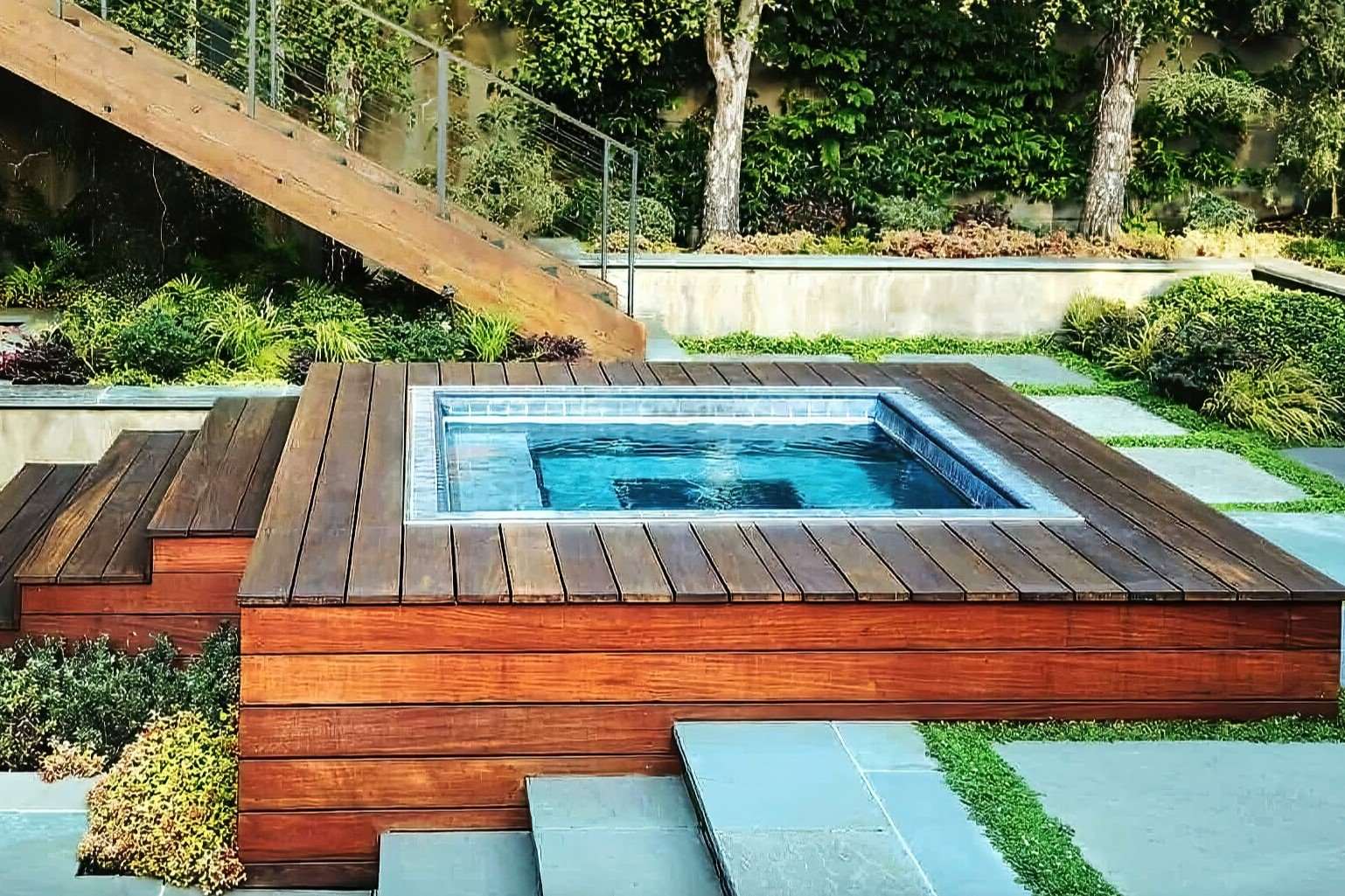

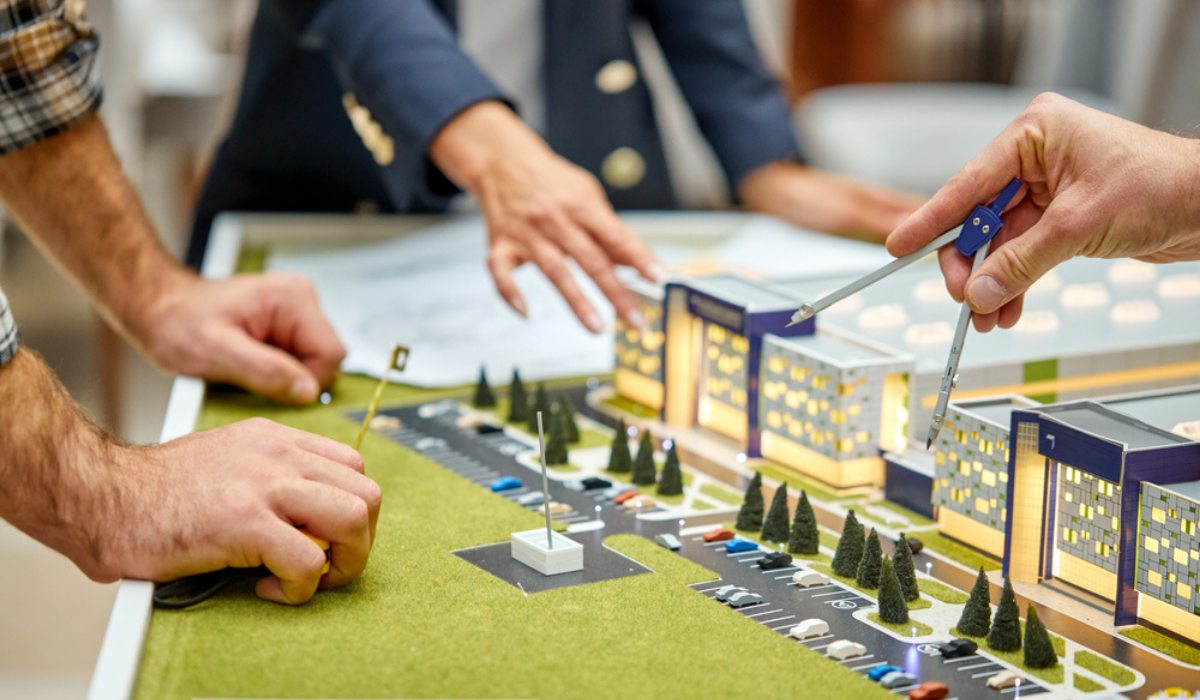
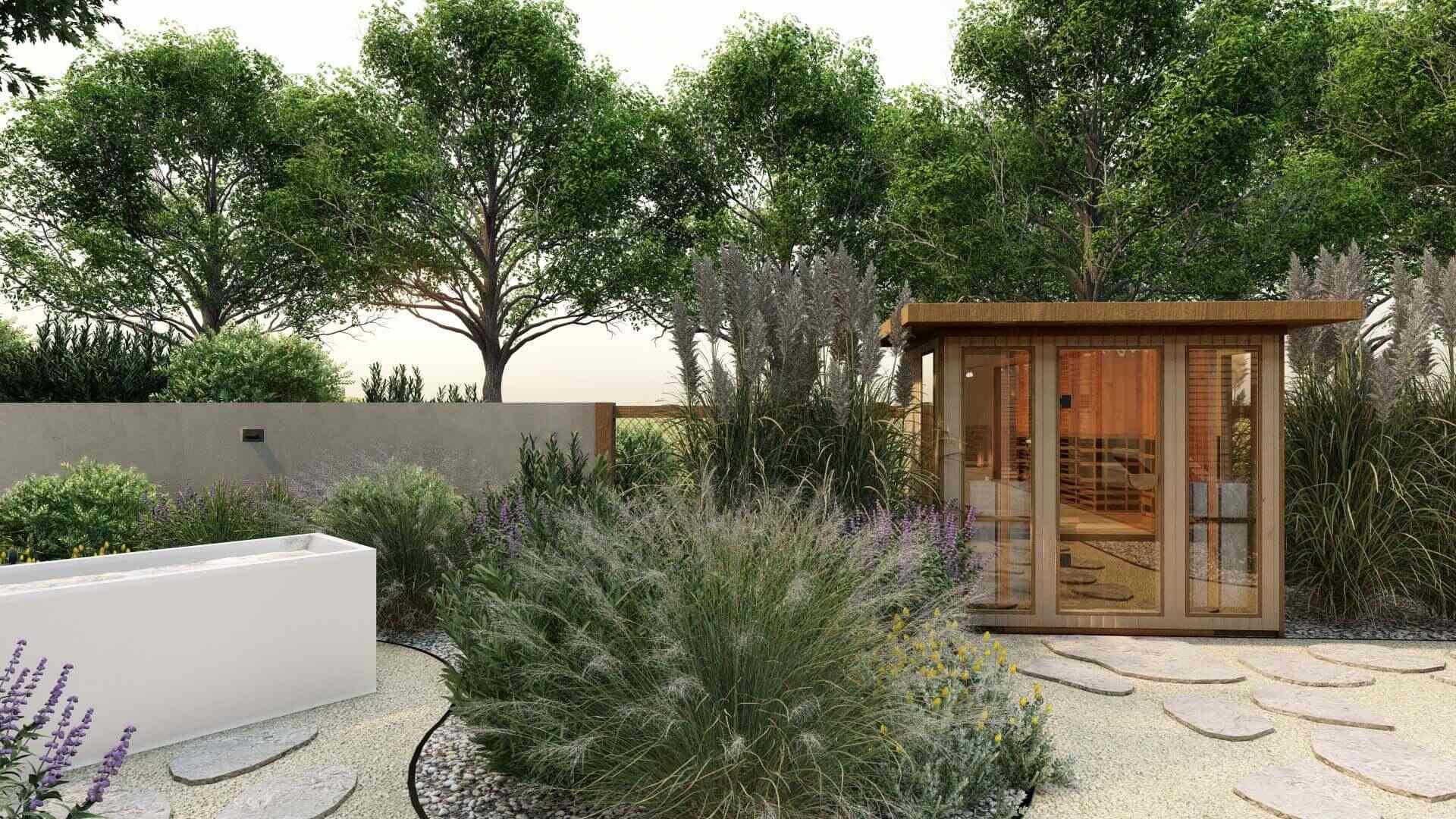
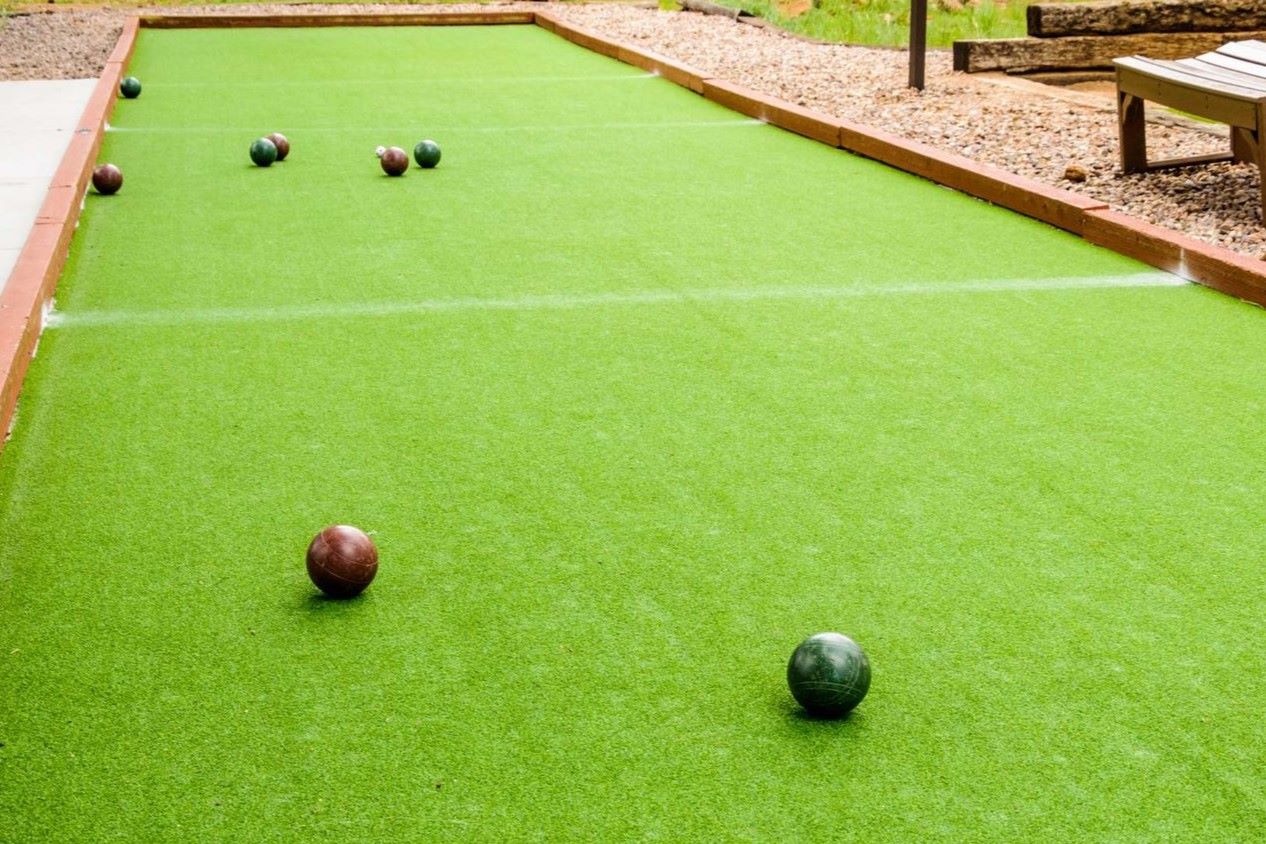
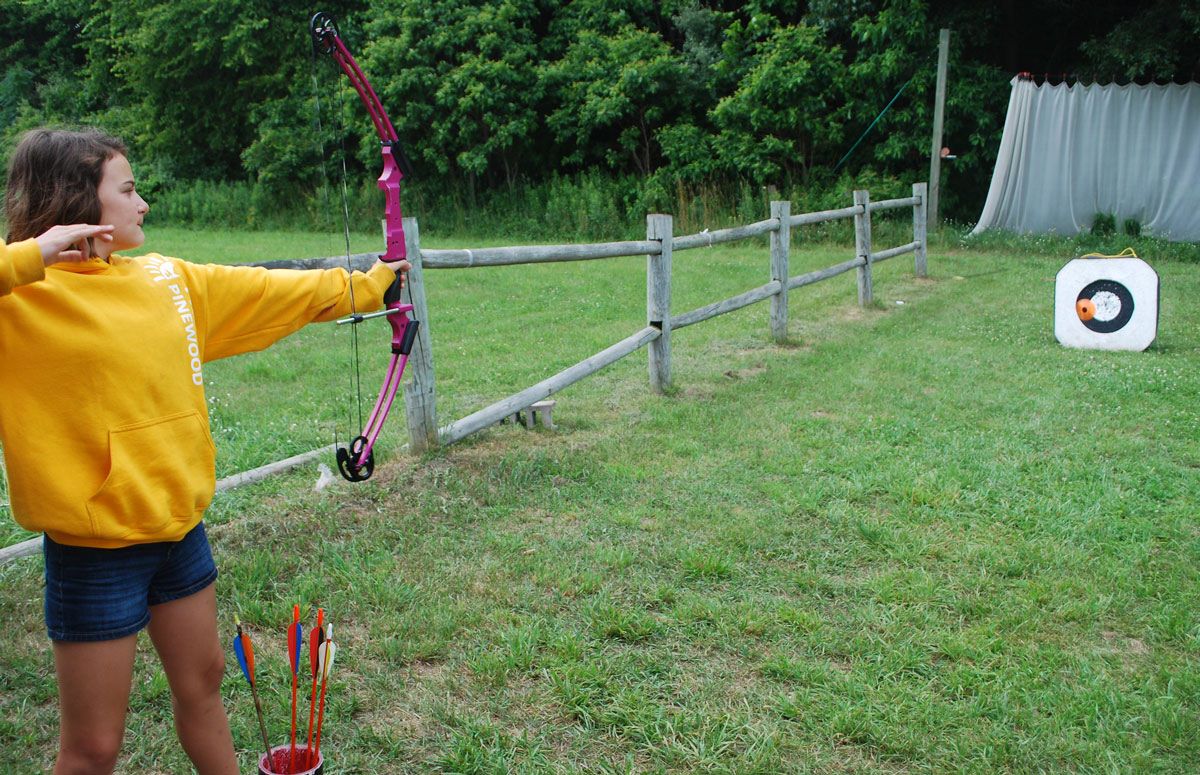
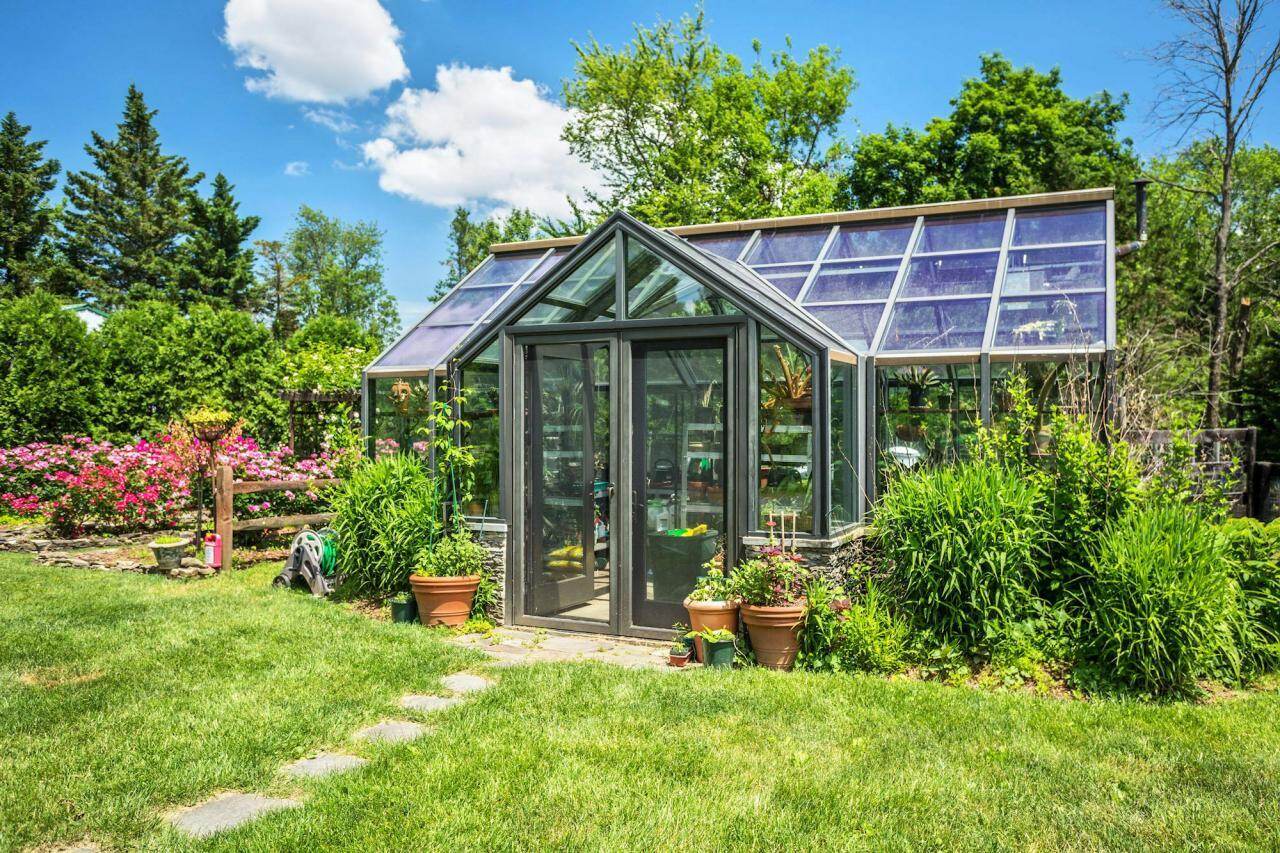

0 thoughts on “Backyard Petanque Court Construction: French Boules Game Area”